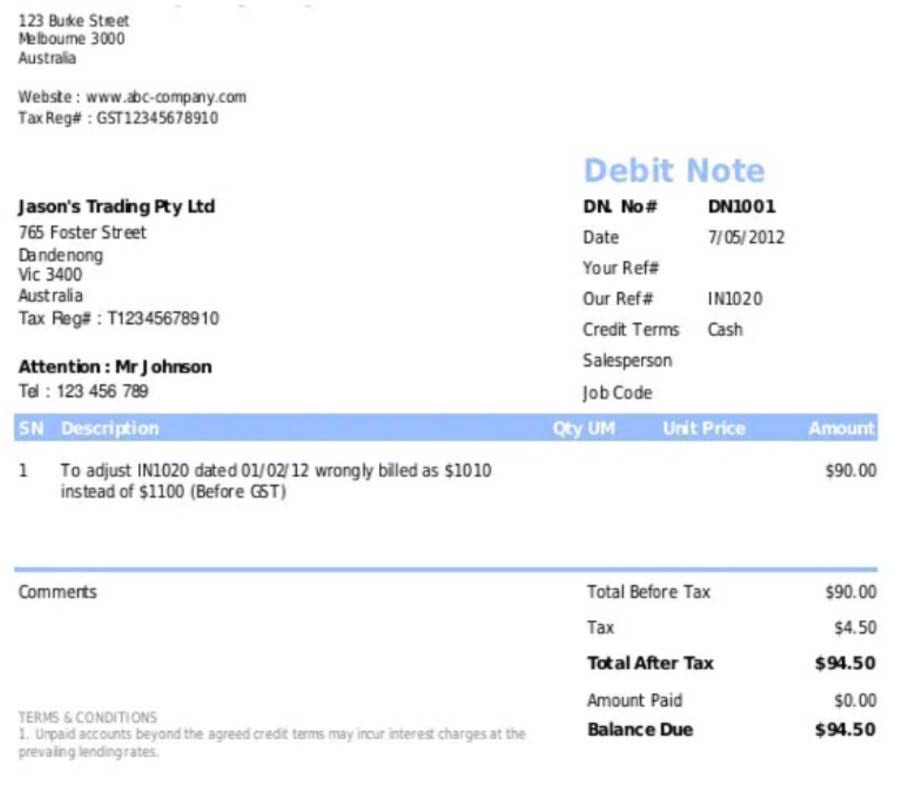Overtime pay

For instance, an employee earning $405 for a 45-hour week has a regular rate of $9/hour ($405 ÷ 45 hours). The employer must pay an additional 1.5 times the regular rate for the 5 what is overtime overtime hours, equaling $4.50/hour in extra compensation for those hours. The regular rate includes all remuneration for employment except certain payments excluded by the Act itself. An employee’s workweek is a fixed and regularly recurring period of 168 hours — seven consecutive 24-hour periods. It need not coincide with the calendar week, but may begin on any day and at any hour of the day.
- For example, under the FLSA, the overtime premium is the difference between the time and a half that the employee earns for one hour of overtime and the amount she usually earns for a normal hour of work.
- There is no limit in the Act on the number of hours employees aged 16 and older may work in any workweek.
- For instance, an employee earning $405 for a 45-hour week has a regular rate of $9/hour ($405 ÷ 45 hours).
- Even if the flat rate exceeds the required overtime pay, the calculation must still be done correctly.
- The interstate commerce requirement has been interpreted very broadly, meaning the FLSA applies to most US employers.
What Is Overtime? Details Every Business Owner Needs to Know
- The regular rate of pay cannot be less than the minimum wage and includes all remuneration for employment except certain payments excluded by regulation.
- This means salaried exempt employees won’t get to see the overtime pay tax break.
- Fact Sheet on the Overtime Pay Requirements of the Fair Labor Standards Act (FLSA) (PDF)Provides general information concerning the application of the overtime pay provisions of the FLSA.
- Currently, the minimum salary threshold for most exemptions is $684 per week (equivalent to $35,568 per year).
- Some employers assume that every employee in Oregon is eligible for overtime pay, regardless of job type, industry, or compensation structure.
However, this additional income is still subject to federal income tax, Social Security tax, and Medicare tax, just like regular wages. Oregon employers must calculate overtime at 1.5 times the employee’s regular rate of pay, including adjustments for bonuses, commissions, or shift differentials. Employers should train payroll staff thoroughly and consider implementing specialized software that accounts for these variables. Proper calculation prevents costly errors that could lead to unpaid wages and potential penalties. Oregon does follow the standard overtime rate of 1.5 times a worker’s regular hourly pay. However, unlike some states such as California, Oregon does not have a double-time rate for excessive hours worked.
StateOvertime Rate
Computer employees are exempt if paid at least $684 per week or $27.63 What is bookkeeping per hour. The exemption applies to roles like software developers and systems analysts but excludes general IT support or helpdesk workers. Domestic employees such as housekeepers, nannies, or cooks are entitled to overtime pay if they don’t live in the household where they work. These workers often perform repetitive, time-intensive tasks, aligning them with other non-exempt roles.

How many hours are employees legally allowed to work in India?

In the United States, the Fair Labor Standards Act (FLSA) generally requires employers to pay overtime wages to non-exempt employees who work more than 40 hours in a week. This means that if an employee works 45 hours in a week, the additional 5 hours would be paid at the overtime rate, which is 1.5 times Restaurant Cash Flow Management their normal hourly wage. The FLSA requires covered employers to pay eligible (nonexempt) employees at least 1 1/2 times their regular rate of pay for all hours worked in excess of 40 in a workweek. HR must ensure the company complies with all wage and hour legislation concerning overtime. The Federal government’s minimum standard is one and a half times the regular pay rate for non-exempt employees who work over 40 hours per week. Overtime is a regulation of organized labor designed to help improve the working hours and working conditions of workers, and prevent exploitation by their employers.
Non-exempt workers should keep track of their weekly hours so that you can calculate their overtime pay accurately. A timesheet is the best way of reporting the working hours to the employer. If the normal work week is 35 hours and the employee works 50 hours, they are eligible to earn overtime pay for the extra 15 hours.
What Is Overtime Hours?

In this guide, we’ll explain what overtime pay is, how it works, and why it’s important for both employers and employees. Overtime refers to the hours worked by an employee that exceeds their regular work schedule. Most employees have fixed hours in a week that they have to work for. Due to some reasons, an employee voluntarily or involuntarily works for more than their fixed hours, and these extra hours worked by them are called overtime. Where non-cash payments are made to employees in the form of goods or facilities, the reasonable cost to the employer or fair value of such goods or facilities must be included in the regular rate.

- There may be circumstances when an employee’s hours are attributed to two different workweeks.
- As an employer, it is important to understand the concept of overtime pay and how it works to ensure compliance with labor laws and promote fair compensation practices.
- The changes in work weeks must be considered when structuring overtime policies to benefit both the employer and employees.
- The FLSA provides these regulations to protect employees who are working in the private sector.
- To qualify for these exemptions, employees must generally meet specific salary and job duty requirements.
- Employers should familiarize themselves with the FLSA guidelines and consult with legal or human resources professionals to ensure accurate payroll classification and compliance.
For example, certain professionals, executives, and administrative personnel may be exempt from receiving overtime based on the nature of their work. It is essential for employers to correctly classify employees as exempt or non-exempt as misclassification can result in legal disputes and penalties. Employers should familiarize themselves with the FLSA guidelines and consult with legal or human resources professionals to ensure accurate payroll classification and compliance. The following is a summary of the states and their overtime law or regulations.
